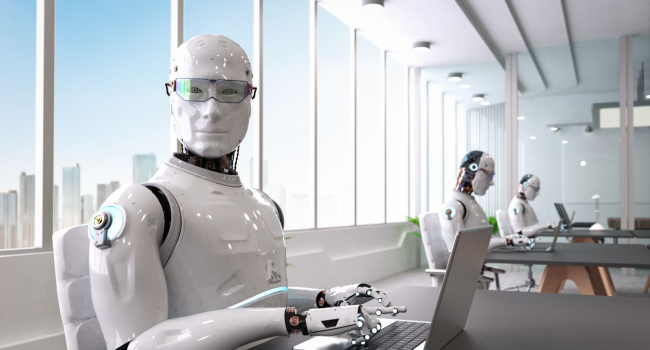
In many professions, human labor is still cheaper than AI: research
At present, there are no economically efficient methods to replace human labor with artificial intelligence (AI) technologies. This conclusion was reached by experts from the Massachusetts Institute of Technology (MIT) who conducted a study aimed at dispelling concerns about AI replacing humans in various industries.
In one of the early in-depth studies on the viability of replacing human labor with artificial intelligence, the researchers modeled the economic feasibility of automating various tasks in different sectors in the United States. The focus was on positions where the use of computer vision technologies would be required to replace humans, such as teaching or real estate appraisal. It was found that only 23% of representatives of the considered professions could be effectively replaced by AI when comparing their salaries and the cost of implementing the corresponding technologies into the production process. In other cases, using human labor remains more economically advantageous, as the integration and operation of visual recognition systems are costly.
Last year witnessed an acceleration of AI technology adoption across all industries, driven by the emergence of ChatGPT from OpenAI and other generative algorithms that vividly demonstrated the potential of neural networks. Technological companies, from Microsoft and Alphabet in the United States to Baidu and Alibaba in China, launched new AI-based services and announced plans to accelerate the development in this direction. All of this raised concerns that widespread neural network implementation might lead to a significant loss of jobs.
The researchers note that such concerns arose after the introduction of large language models. However, currently, less than a quarter of jobs could be replaced by systems with computer vision, as in other cases, it is not economically justified.
It is worth mentioning that computer vision enables machines to extract meaningful information from digital images and other visual data. It is used in various fields, including autonomous driving, photo classification on smartphones, and more. The cost-benefit ratio of implementing computer vision systems is most optimal in industries such as retail, transportation, and storage. The use of such systems may also be relevant in healthcare.
According to the researchers, currently, only 3% of 1,000 examined tasks in 800 professions can be automated through the use of AI systems with computer vision. However, by 2030, this figure could rise to 40% if the cost of data usage decreases and the accuracy of AI systems improves.
- Related News
- Artificial intelligence can recognize human emotions by voice: Where can it be used?
- Eight major newspapers sue OpenAI and Microsoft for illegally using their content for AI development
- Chinese startup introduces robot that prepares, serves, pours wine, irons, and folds ironed clothes
- Google's Gemini app is already available for older versions of Android
- Google fires 28 employees who protested against company's cooperation with Israel
- Meta unveils Llama 3 and claims it's the "most powerful" open source language model
- Most read
month
week
day
- Xiaomi unveils exclusive Redmi Note 13 Pro+ dedicated to Messi and Argentina national team 1004
- Internet 500 times faster than 5G tested in Japan: It allows to transfer five movies in HD resolution in one second 845
- Which smartphones will be the first to receive Android 15? 753
- What will happen to the Earth if the Moon disappears? 748
- iPhone 16 may get colored matte glass back panel, 7 colors 723
- Great value for money: 3 best Realme smartphones 713
- WhatsApp receives two new features 681
- Why it is recommended to download applications on trusted platforms: In 2023, Google rejected publication of more than 2 million dangerous applications on Google Play 646
- Instagram is changing its approach to content recommendations: How will the application help promote original content and fight reposters? 609
- How to realize that your smartphone is hacked and you are being surveilled? 572
- Archive
